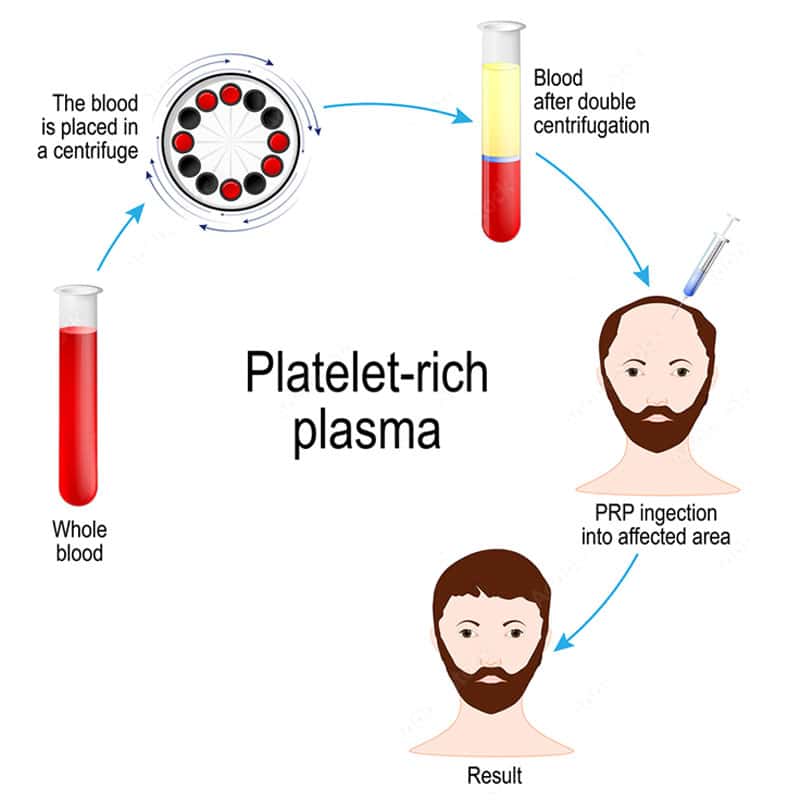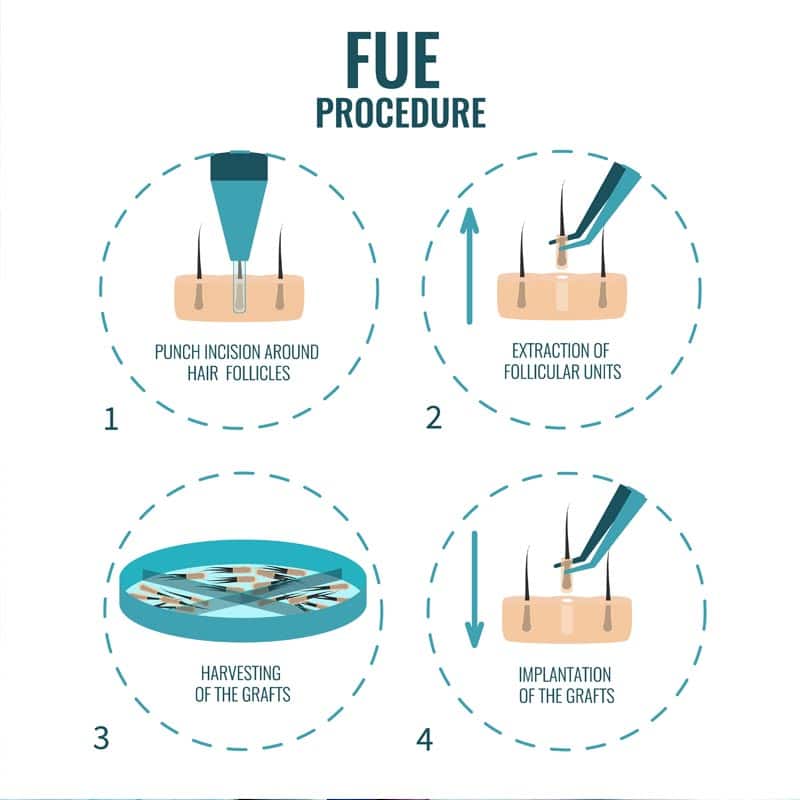Description:
Hormone Replacement Therapy (HRT) is a treatment designed to help women alleviate the symptoms of menopause by compensating for the declining hormone levels, particularly estrogen and progesterone. HRT is commonly used to relieve hot flashes, night sweats, vaginal dryness, and other symptoms caused by the decrease in natural hormone production during menopause. There are different forms of HRT, including systemic therapies (such as tablets, patches, or gels) and local therapies (such as creams, vaginal rings, or suppositories), which can be tailored to the individual needs and health status of the woman.
Indications:
- Relief of Menopausal Symptoms: Women experiencing moderate to severe menopausal symptoms such as hot flashes, night sweats, mood swings, sleep disturbances, and vaginal dryness may benefit from HRT.
- Premature Menopause or Ovarian Insufficiency: Women who enter menopause before the age of 40 or whose ovaries fail prematurely may receive HRT to alleviate symptoms and protect against long-term health risks such as osteoporosis and cardiovascular disease.
- Prevention of Osteoporosis: In women at high risk for osteoporosis, HRT can help slow bone density loss and reduce the risk of fractures.
- Vaginal and Urogenital Symptoms: Women with urogenital symptoms such as vaginal dryness, itching, burning, or pain during intercourse may benefit from local estrogen therapies, which are applied directly to the affected area.
Procedure:
- Pre-Treatment Assessment and Counseling: Before starting HRT, the doctor conducts a thorough medical history and examination to ensure the therapy is appropriate for the patient. This includes assessing menopausal symptoms, medical history, and individual risk factors such as breast cancer, heart disease, or thrombosis.
- Choice of HRT Form:
- Systemic HRT: This includes estrogen and progesterone preparations taken orally, transdermally (through the skin), or applied as a gel. Estrogen alone can be used in women who have had a hysterectomy, while women with an intact uterus need additional progesterone to reduce the risk of endometrial cancer.
- Local HRT: This includes vaginal creams, rings, or suppositories that deliver estrogen directly to the vaginal wall, effectively treating urogenital symptoms without affecting the entire body.
- Monitoring and Adjustment: During HRT, the patient is regularly monitored to assess the effectiveness of the treatment and detect any potential side effects. The doctor may adjust the dosage or form of HRT to achieve optimal symptom relief and minimize the risk of complications.
- Long-Term Use: HRT should be used at the lowest effective dose and for the shortest necessary duration to minimize the risk of long-term complications such as breast cancer, cardiovascular disease, or thrombosis. The decision to continue or discontinue HRT should be reviewed regularly in consultation with the doctor.
Benefits:
- Effective Relief of Menopausal Symptoms: HRT can significantly reduce hot flashes, night sweats, sleep disturbances, and vaginal dryness, improving the quality of life for women in menopause.
- Bone Protection: HRT helps slow bone loss and reduce the risk of osteoporosis and fractures, especially in women who enter menopause early.
- Improvement of Urogenital Health: Local estrogen therapies can effectively relieve vaginal and urogenital symptoms, promoting sexual health and well-being.
- Flexibility: HRT offers various forms and dosages that can be individually tailored to the needs and health status of each woman.




